Hot Products
- Lavender Essential Oil
- Jasmine Essential Oil
- Rose Essential Oil
- Ylang Ylang Essential Oil
- Patchouli Essential Oil
- Sandalwood Essential Oil
- Helichrysum Essential Oil
- Neroli Essential Oil
- Chamomile Essential Oil
- Clary Sage Essential Oil
- Eucalyptus Essential Oil
- Lemon Essential Oil
- Lemongrass Essential Oil
- Orange Essential Oil
- Peppermint Essential Oil
- Rosemary Essential Oil
- Tea Tree Essential Oil

<< Home << Patchouli Essential Oil (Light) – Indonesia
Patchouli Essential Oil (Light) – Indonesia
Patchouli Essential Oil (Light) – Indonesia
Patchouli essential oil is derived from a fragrant herb that has soft oval leaves and square stems. It grows up to a height of 2-3 feet and gives an unusal odor that is typical characteristics of patchouli, especially when the leaves are rubbed. The color of the oil is changed in affect of the distillation machine. If the distillation of the oil is done is a stainless steel vessel, the color of the Patchouli essential oil is darker as compared to the color which is obtained when the oil is distilled in a darker vessel.
| General Name: | Patchouli Essential Oil (Light) – Indonesia |
| Botanical Name: | Pogostemon Cablin |
| Method of Extraction: | Steam Distilled |
| Part of Plant Used: | Leaves |
| Origin: | Indonesia |
| Application: | Patchouli essential oil is very effective for combating nervous disorders. It is also very helpful for curing dandruff, sores, acne, skin irritations and acne. Patchouli essential oil has specific properties that makes it suitable. |
| Strength of Aroma: | Medium |
| Color: | Pale golden yellow viscous liquid |
| Blends Well With: | Sandalwood, Bergamot, Cedarwood, Rose, Sweet Orange, Cassia, Myrrh, Opoponax, and Clary Sage. |
| Aromatic Scent: | Warm, earthy aroma with fresh fruit - like tones. |
| History: | Patchouli essential oil is used since centuries in the eastern world to scent clothes and linen. It is also used to treat colds, headaches, nausea, diarrhea, and abdominal pain in countries like China, Japan, and Malaysia. The oil became popular as aphrodisiac in 1960. |
| Precautions: | It is non-toxic, non-irritant, and non-sensitizing. It should be avoided with anorexia. |





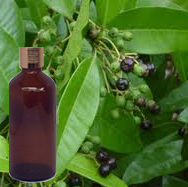
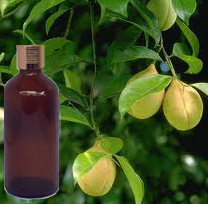
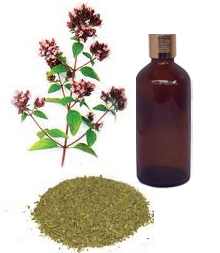
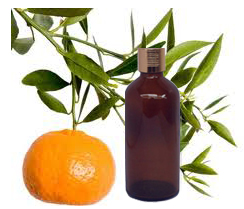
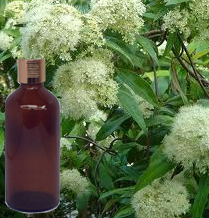
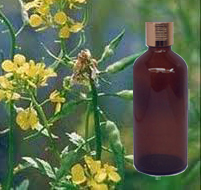
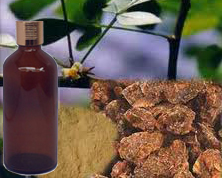
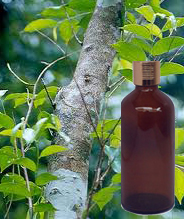


 E-mail:
E-mail:  MSN:
MSN: SKYPE:
SKYPE: